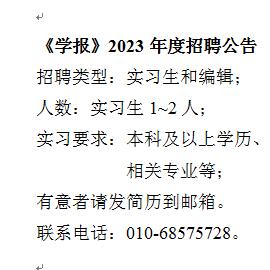As the two largest developing countries in the world, China and India have both made tremendous achievements in modernization, while China’s development is much greater. Why both China and India have achieved great development? Why China’s development is significantly higher than that of India? Many researches generally find that the key to the development and differences between the two countries lies in the role of the government, while most papers do not mention the role of the political party identified as the political foundation of the government. Obviously, it is difficult to accurately understand the two countries, especially China, without paying attention to political parties. Therefore, this study compares the similarities and differences of the two countries’ modernization from the perspective of political parties, in order to answer why China and India have significant development and why China is ahead of India.
The research found that the independence of China and India was achieved under the leadership of a dominant political party with strong capabilities of mobilization. After independence, the dominant political parties of both countries having been taking lots of measures to promote state-building and transform their traditional societies. At the same time, they utilize state power to establish the foundation of industrialization through planned economy. The Communist Party of China (CPC) is much stronger and longer than India’s dominant parties in terms of organizational strength and durability of leading the country, so that China can implement various reforms more forcefully, which leads to China’s modernization significantly ahead of India’s.
It was also found that after gaining the dominant position in 2014, the Bharatiya Janata Party (BJP) has implemented the policies highly similar to the Chinese path to modernization led by the CPC. First of all, the BJP has strengthened the power of the central organization of the political party, enhanced unity, and expanded the number of grassroots organizations and party members on a large scale. Besides, the Indian government controlled by the BJP has been taking tough steps to promote state-building, society modernization and inclusive economic growth. The policies include amending the Constitution of India to revoke the autonomous status of Kashmir, providing citizenship to religious minorities, abolishing traditional divorce rules to empower rights to Muslim women, taking tax reforms to unify the India’s market, providing assistance to vulnerable areas and groups, and so on. Compared with the CPC, the BJP has considerable gaps in its organizational capacity and national leadership, but its efforts to promote India’s modernization are increasingly converging with that of the CPC, which reflects the commonness of the modernization of the two countries.
Why are there many similarities in modernization between China and India? The reason is that both countries are late-developing countries with huge populations. As a result, the two countries have many common dilemmas, such as weak state independence, heavy state building tasks, stubborn traditional social structure and culture, high risks of disorder, lack of capital for economic development, and uneven internal development. Having confronted the common difficulties, both China and India have embarked on the path of dominant political parties to pursue modernization. The stronger the dominant political party is, the better it can solve the modernization dilemmas. Most late-developing countries do not have huge populations, and some of them could achieve economic development relying on assistances of developed countries. However, the late-developing countries, even those small and medium-sized countries, require achieving the state-building, modernizing traditional societies, maintaining political order and social stability and providing assistance to vulnerable groups in society. Compared to the Western democracy, a political system with a strong dominant political party is more likely to overcome the aforementioned dilemmas of late-developing countries.
